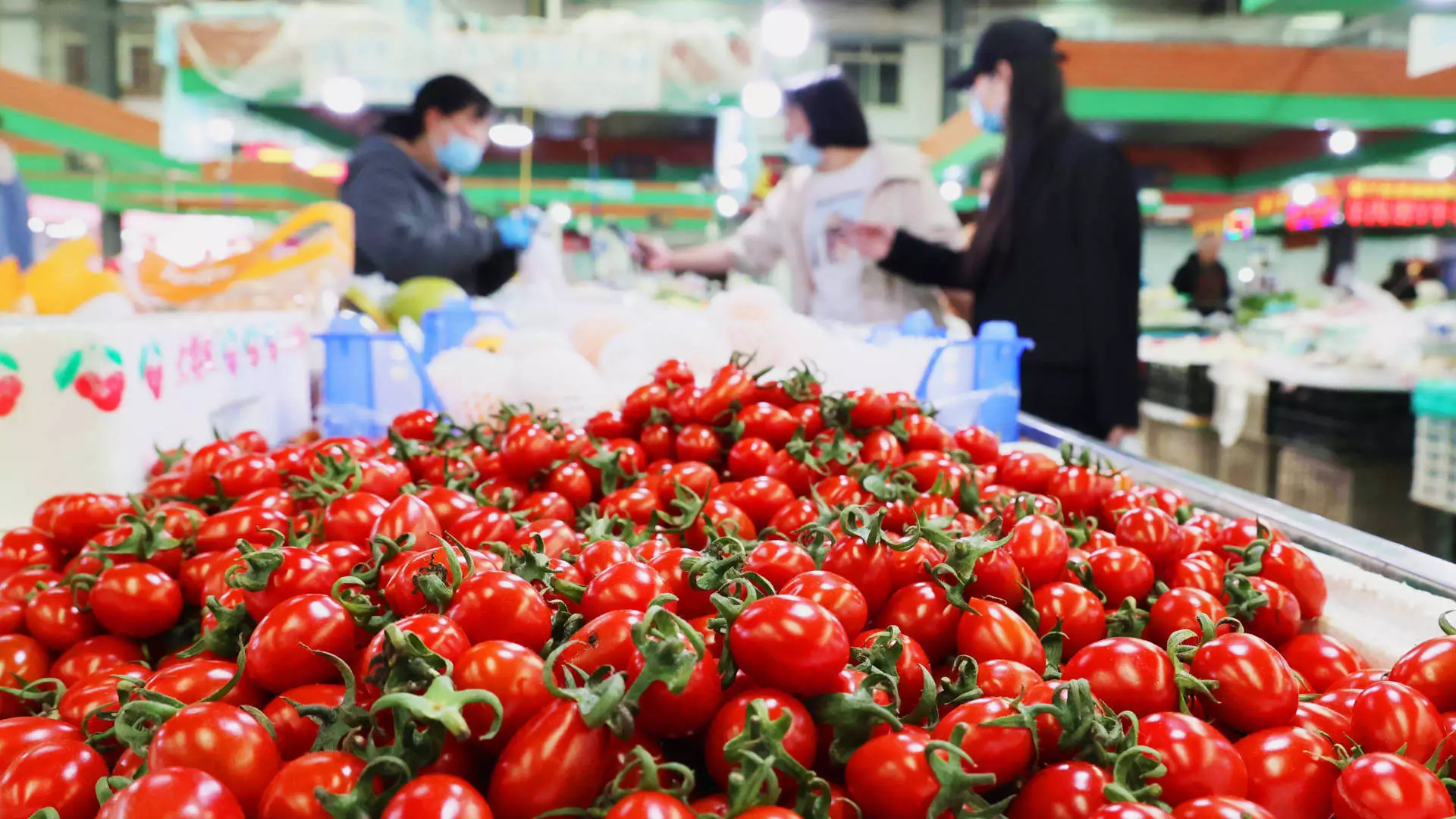China’s economy is currently at a critical juncture, characterized by a combination of sluggish consumer price inflation and an alarming deepening of producer price deflation. Released data indicates that consumer prices in October witnessed their slowest growth in four months, prompting Beijing to ramp up its stimulus efforts in a bid to revive the stumbling economy. As the world’s second-largest economy grapples with these tensions, policymakers face a complex challenge in reigniting growth without exacerbating underlying financial vulnerabilities.
In October, the consumer price index (CPI) increased a mere 0.3% year-on-year, a contraction from the previous month’s 0.4% rise and significantly shy of economists’ expectations that projected a 0.4% uptick. This downward trend coincides with a broader pattern of weak demand, exacerbated by fiscal constraints associated with local government hidden debt. The Chinese central government has opted for a different approach in its latest economic intervention, allocating a monumental 10 trillion yuan (approximately $1.4 trillion) to address these hidden debts rather than providing a direct fiscal boost to consumer spending. Such measures have raised concerns among analysts regarding their immediate efficacy in stimulating economic activity, as the anticipated effects of these policies may take time to materialize.
Experts are divided on the implications of these inflation trends. While the core inflation rate, which excludes volatile sectors like food and energy, showed a modest increase to 0.2% in October from a previous 0.1%, the fundamental issues driving consumer behavior remain troubling. Factors such as the Golden Week holiday in early October have masked the potential impact of recent stimulus measures on domestic consumption, leading to skepticism about the current trajectory of inflation and demand. Bruce Pang, chief economist at JLL, points to this phenomenon, highlighting the low visibility of stimulus impacts amid ongoing economic uncertainty.
As consumer confidence wanes—reflected by their tight grip on spending, particularly given that a staggering 70% of household wealth is entangled in the beleaguered real estate market—deflationary pressures are likely to persist. Many consumers are adopting a more cautious approach, opting to save rather than spend, further stymying prospects for economic revitalization. If this trend continues, it could pose substantial risks to the overall health of the economy.
The situation is even more dire in the producer price sector, where prices fell 2.9% year-on-year in October, marking the most substantial decline in nearly a year. The continued slip in costs is particularly pronounced in sectors including petroleum extraction, coal processing, and manufacturing—areas that are essential to the broader economic framework. The latest figures suggest that the landscape for producers remains increasingly grim as factory gate deflation intensifies.
Goldman Sachs has projected that the recovery of producer prices may not commence until late 2025, accentuating the view that weaker production environments could have lasting implications for the Chinese economy. Sustained producer price deflation raises critical questions about profitability and long-term investments in sectors already grappling with significant challenges.
With the announcement of further stimulus measures, including tax incentives projected to invigorate the housing sector, Finance Minister Lan Foan has indicated a commitment to fostering stability within the economy. However, the cautious approach from policymakers reflects an underlying strategy: to retain ‘economic ammunition’ for potential challenges anticipated from global developments, such as shifts in U.S. administration policies.
China’s economic landscape is embroiled in a tug-of-war between sluggish consumer inflation and deepening deflation at the producer level. As domestic demand lags and consumers adopt a more conservative financial posture, the path forward remains fraught with uncertainty. Policymakers must navigate these complex dynamics carefully, balancing the need for immediate economic stimulation with the risk of exacerbating financial vulnerabilities in a time of heightened caution among consumers and investors alike.

Leave a Reply